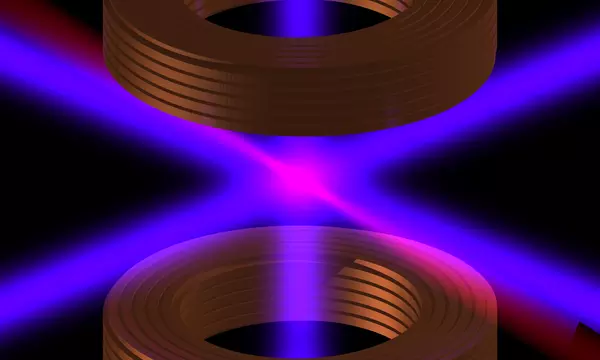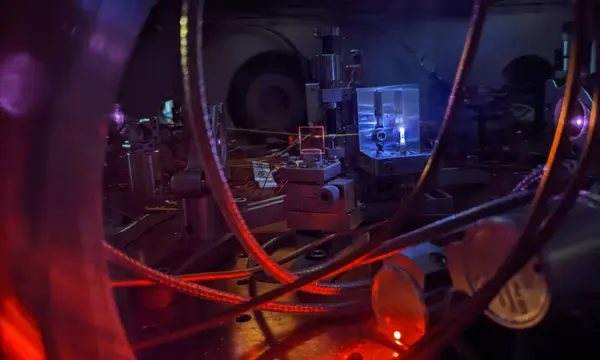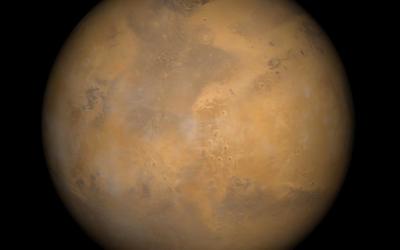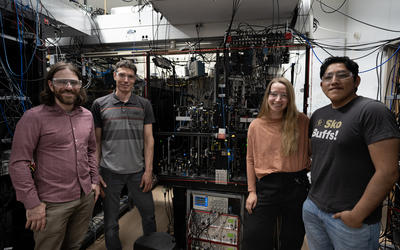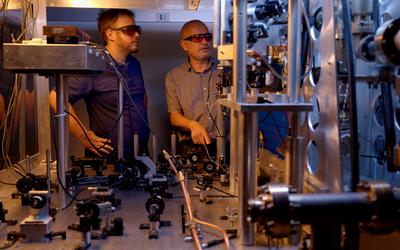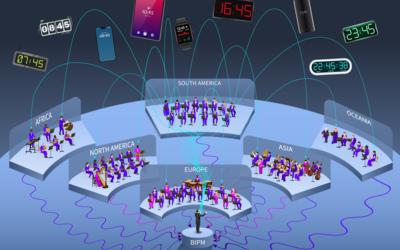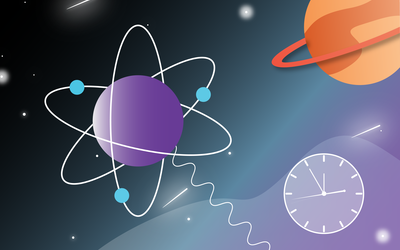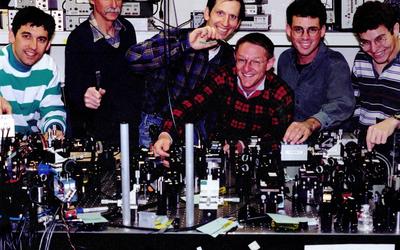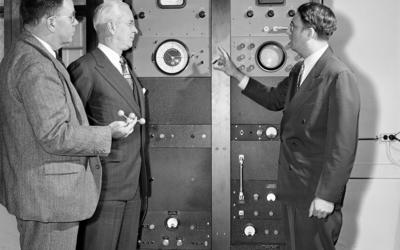What are time and frequency?
Time may be our most measured quantity — and unquestionably one of the most important. We use time to organize our lives, to communicate, to run global industries and to navigate our world. To keep time today, we use atoms — nature’s perfect clocks. Atoms themselves don’t tell time; rather, they absorb and emit specific frequencies of light waves. By building clocks that count those waves with exquisite accuracy, scientists can precisely measure and define the second — the fundamental unit of time — and share time with the world.
The quest to accurately measure time and frequency has pushed the frontiers of science and opened up a host of technological applications. Some technologies, like GPS, are mature and used daily by billions of people. Others are still being developed, such as next-generation gravity and mass sensors and spectrometers for measuring chemicals in the air and signals from space.
What is NIST's role?
NIST, in coordination with the U.S. Naval Observatory, provides official time for the United States. NIST builds and operates the country’s most accurate atomic clocks, which help set the global time scale known as Coordinated Universal Time. Through its own time scale, NIST provides time to the nation and the world via the internet and radio. NIST develops chip-scale atomic clocks and calibrates clocks for customers such as stock exchanges. NIST researchers are working with international colleagues to redefine the second — the fundamental unit of time — using next-generation optical clocks.
NIST has built a broad research program in time and frequency measurement. NIST scientists are using optical atomic clocks to push limits of accuracy and precision and test theories of fundamental physics; they are also building compact atomic and microfabricated optical devices for real-world applications. By controlling atoms with unprecedented precision, NIST researchers are advancing quantum computing, sensing and networking. NIST scientists are also developing state-of-the-art frequency sensors to measure greenhouse gases in the atmosphere and habitable planets outside of the solar system.



